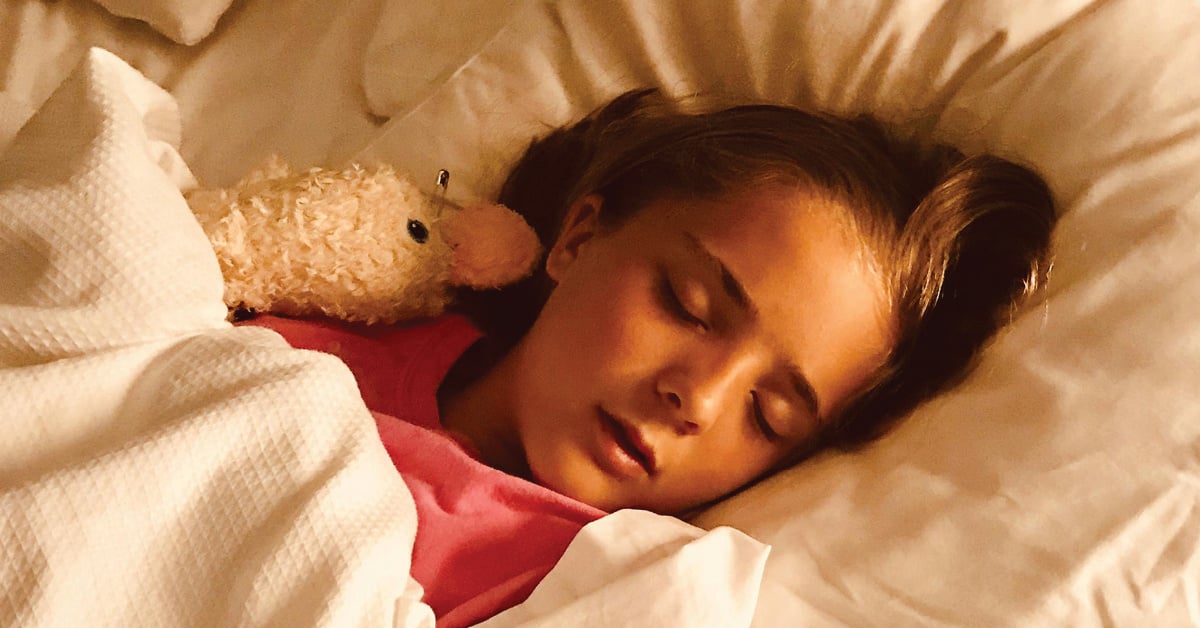[ad_1]
Use of mental health care increased substantially during the coronavirus pandemic, as teletherapy lowered barriers to regular visits, according to a large study of insurance claims published Friday in JAMA Health Forum.
From March 2020 to August 2022, mental health visits increased by 39 percent, and spending increased by 54 percent, the study found. Its examination of 1,554,895 claims for clinician visits also identified a tenfold increase in the use of telehealth.
The study covers visits for around seven million adults throughout the country who receive health insurance through their employers, so it excludes many patients with very severe mental illnesses, and it does not cover acute or residential care.
The increases are likely to be sustained, even as insurers weigh the benefit of continuing to pay more, said Christopher M. Whaley, a health care economist at the RAND Corporation and an author of the study.
“This is a huge cost, and we pay for that cost through increased premiums and higher deductibles,” said Mr. Whaley, an associate professor at Brown University.
On the other hand, he added, patients with unmet mental health needs are less likely to take their medications, and more likely to turn to emergency rooms in crisis, behaviors that also shift large costs onto insurance pools.
“The insurer’s challenge, and what we should think about as a health care system, is what cost is actually bigger,” Mr. Whaley said.
Most of the mental health visits were for anxiety and depression, which made up 45 percent and 33 percent of the total visits, respectively; post-traumatic stress disorder visits made up 10 percent; bipolar disorder, 9 percent; and schizophrenia, 2.6 percent.
Of the five diagnoses, anxiety disorders saw the steepest increase in visits during the pandemic, of 73.7 percent. PTSD visits increased by 37 percent; bipolar disorder visits by 32 percent; and depression visits by 31.9 percent. Schizophrenia visits did not change.
Researchers were surprised to discover that the use of telehealth for mental health did not decline with the end of the pandemic, as it did in other areas of medicine.
“This is the one area of the health care system where patients and providers in some sense are voting with their feet,” Mr. Whaley said. “This is a change that seems to last beyond the pandemic.”
The rise in use of mental health services reflects both receding stigma and a lowering of practical barriers to mental health visits, said Dr. Robert L. Trestman, the chairman of psychiatry at Virginia Tech’s Carilion School of Medicine, who oversees a psychiatric system in western Virginia.
In his own system, Dr. Trestman said, the pandemic years brought an “incredible increase in billing” for patients with anxiety and depression. Historically, nearly half of all people with symptoms of these disorders have not received mental health care, he said.
As more people seek care, the numbers “are actually more consistent with the underlying epidemiology that we might expect,” he said.
“They were restricted by having to find a clinician, to take time of work to go see them,” said Dr. Trestman, who is also the chairman of the American Psychiatric Association’s council on health care systems and financing. “With the public health emergency and the expansion of telehealth, those limitations really evaporated.”
He added that he expected the trend to continue, as Americans manage financial and housing insecurity and repayment of loans after the pandemic.
“I’m seeing no evidence whatsoever of any decrease that we either see or can predict,” he said.
It is unclear whether insurers will try to rein in the higher level of spending.
Patients have long complained about the difficulty of getting mental health visits covered, despite the passage of a federal law, the 2008 Mental Health Parity and Addiction Equity Act.
Insurers will have to determine whether telehealth is preventing patients from accessing more expensive forms of care, like using emergency rooms for mental health crises, said Dr. Jane M. Hzu, an associate professor of medicine at Oregon Health and Science University who studied the accessibility of mental health services.
“It will trickle down at some point,” she said. “It will either mean that total spending is going to go up, if there’s a lot of people using telehealth, or insurers are going to be looking for ways to reduce their spending.”
Acceptance of telehealth varies among different populations, Dr. Zhu said. A study published in Health Affairs in 2022 found that people with schizophrenia were slower to switch to remote treatment, whereas those with anxiety and fear-related disorders were quicker.
A 2022 analysis by the federal Office of Health Policy found significantly lower adoption of telehealth among uninsured people and young adults. Video visits are highest among white people and higher earners, and lowest among less educated people; people over 65; and Latino, Asian and Black people.
Dr. Zhu said the rise in the use of services was striking.
“I have never seen anything like that in the literature,” she said. “Obviously, this is a completely new time period we’re in.”
[ad_2]
Source link





















